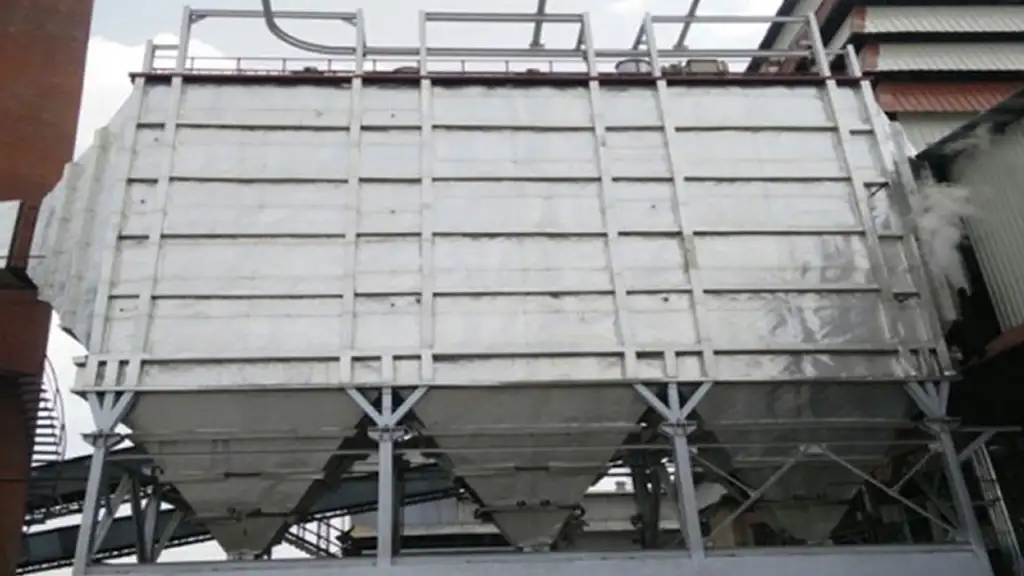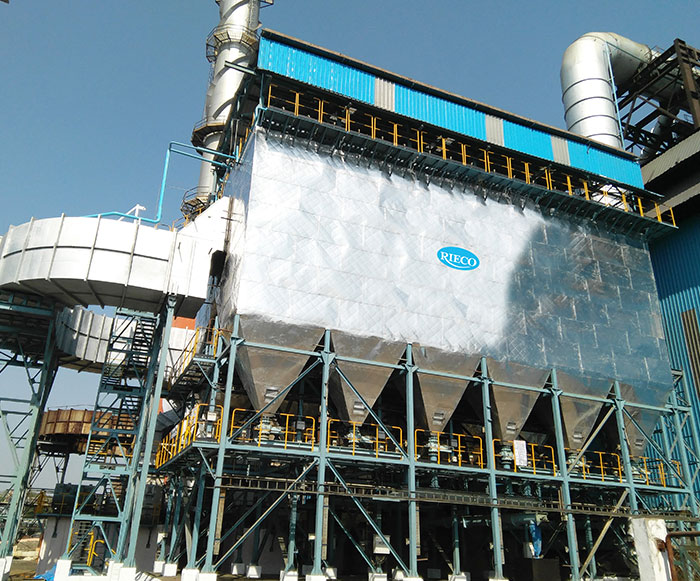Bag Filter vs ESP

Bag Filters
When it comes to dust collection solutions, experts have always argued between bag filter and electrostatic precipitators (ESPs). Every industry is looking for an innovative technology which helps them find the best possible technology for dust filtration and meets stringent environment norms. Hence, we decided to shed some light on it with our blog post.
India is a developing country. Therefore, with every passing year, there is an increase in the number of industries in our country. Consequently, there is an increase in air pollution which demands a Pollution Control System that can comply with the state/central government norms.
But it brings back to the same question –
- Which is better suited for your industry?
- Should you prefer ESP or Bag filter for your business?
We will discuss the advantages and disadvantages of ESP & Bag Filters here to provide clarity on which equipment is the best suitable for your application.
Let us start first with ESP since it is an older technology.
Electrostatic Precipitator or ESP is an equipment which uses high intensity Electric Field to capture the dust particles. They are commonly used in the power plants, steel plants and in some cement applications
Advantages of ESP:
- Lower Pressure drop compared to Bag Filter.
- Collection of Wet/sticky as well as Dry Pollutants.
- Can handle very high dust loads.
- Fluctuations in the gas temperature can be handled easily also, can function effectively at very high operating temperatures.
- Can give emissions as low as below 10 mg/Nm3 for some applications.
- Low Operating & Maintenance Cost.

Limitations of ESP:
- Requires Larger Space as compared to Filter Bag.
- Efficiency depends on the resistivity of dust particles.
- Less efficient for highly resistive dust.
- High Capital Cost, not economical for smaller volumes.
Which conditions are best suitable for an ESP?
- Dust Particles with higher Particle Size
- Dust Particles with higher conductivity & high moisture content in gas.
- Economical for higher volumes and emissions up to 50 mg/nm3.
- Temperatures in the range of 150 to 350 Degree C.
Typical Applications of an ESP:
- Power Plants
- Clinker Cooler in Cement Plants
- Blast Furnace, Converters, Sinter Plants, Pellet Plants, DRI Plants in Steel Industry
Now, let us discuss Bag Filter- its advantages, limitations and in which cases can it be used.
Bag Filter is an equipment which uses filter media to capture the dust particles. It is the latest technology available these days.
Advantages of Bag Filter:
- Lower emissions below 10 mg/nm3.
- Lower Capital Cost as compare to ESP.
- Smaller Footprints than an ESP.
- No limitation on Particle Size like ESP as it can handle fine particles.
- Economical for smaller volumes.
- Modular construction makes them suitable to handle higher gas flow rate in future expansions.
Limitations of Bag Filter:
- Not suitable for wet pollutants.
- Higher Pressure drop as compared to an ESP.
- Can not handle surge in temperatures.
- Not Suitable for higher temperatures as filter bags can handle a maximum temperature of 250 Degree C. Although it can be used with a Heat Exchanger, but ultimately that will increase the overall cost of the project.
- Sensitive to the corrosive gases.

In which cases can a Bag Filter be used?
- Dry Dust Particles with moisture content less than 5% normally.
- Suitable for temperatures up to 250 Degree C. Certain bags can withstand higher temperature range, but they are very expensive and are delicate to use.
- Free flowing, non-sticky, and non-hygroscopic dust.
- If there are space constraints in your Layout, it takes less space as compares to an ESP.
Lots of older ESPs are now being retrofitted to a Bag house or are converted into a hybrid Filter to comply with the latest stringent pollution control norms.
To conclude, none of them is a clear winner. It depends on the properties of the dust, gas volumes, temperatures, and your application as each of them has their own advantages and limitations.
We hope this will help you understand the difference between the two and choose the right technology for your process.




